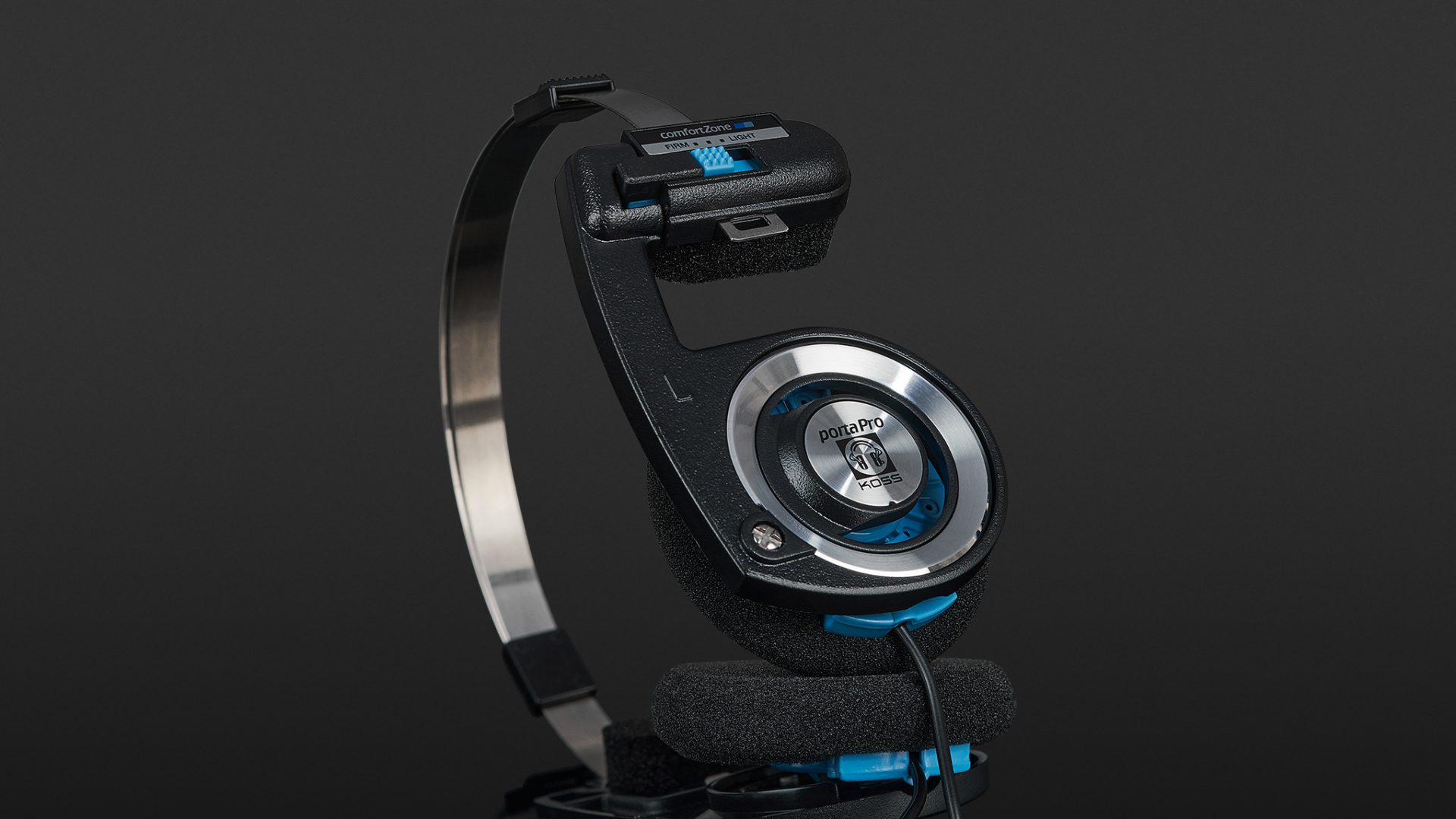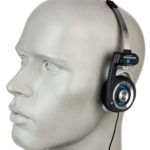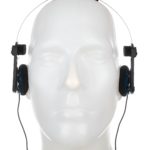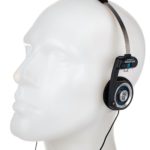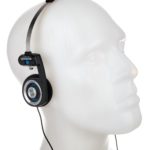With the Koss Porta Pro Classic, you’ve known for almost 40 years what you’re getting for your money: a lightweight, ultra-portable and amazingly robust on-ear pair of headphones that you can hardly tell you’re wearing, whose delicate, timelessly chic design has come to feel retro-futuristic again. What is no longer quite so contemporary is their treble reproduction, which, from today’s perspective, seems perhaps a bit too discreet. Nevertheless, the warm, bass-strong sound of the Porta Pro has a very pleasant character and turns every tram or bicycle ride into a visit to a little acoustic club.
It must have been around 1988 when I bought my first pair of Koss Porta Pro, on the recommendation of an audiophile friend. In fact, for many people of my generation, the Koss Porta Pro was a widely used upgrade to the bog-standard headphones that came with the first Discman (or worse, the Walkman headphones that could be found on every teenager’s bedroom floor).

At the time, online shopping was still in its infancy, so I bought the headphones from a trusted hi-fi shop. The fact that the headphones were considered to be among the high-end devices at that time already said a lot about their qualities. At that time, there was no alternative, and it was the only way to get affordable, portable and sonically respectable headphones. And they were an absolute revelation: the bass delivered to the ear by these feather-light, delicate headphones seemed to go beyond the limits of what was physically possible. And the best thing about them was that you could really always have them with you. Today, more than 30 years later, things look a bit different, of course, because inexpensive, portable, great-sounding earphones are just a mouse click away. So we respectfully, but honestly, set about testing the current incarnation of the Porta Pro.
The Porta Pro Classic are open, on-ear, portable all-round headphones. There have been a number of variations since the original version, such as the X (black with wired remote), Mic/Remote (with integrated speakerphone), KTC (with Koss Touch Control remote and microphone) or even Wireless. All of them are based on the original design of the Porta Pro from 1984 with its freely movable drivers on a ball joint, the fancy little headband pads as well as the characteristic sliding mechanism which allows you to loosen or tighten the locking of the speaker pods between “Light” and “Firm” and of course a flyweight of just 60 grams.
As the name suggests, the Classic version is an unchanged continuation of the original headphones, including a lifetime warranty. Accordingly, the frequency response continues to range between an epic 15 Hz and 25 kHz, the impedance is 60 ohms, and the headphones are capable of a peak level of 101 decibels. The connection cable is permanently attached to the speakers, measures a – somewhat short – 1.2 metres and ends in a stereo mini-jack.
Handling
When you first pick up the Porta Pro, you can’t help but wonder how on earth Koss could have afforded to give this fragile object a lifetime warranty. But the concept seems to work because the Porta Pro are designed to be light and flexible so that they can be folded up easily and stowed away as a handy hoop shape with the little hook and loop on the headband (though some users never even notice this). Their stability only becomes apparent when they are being worn on the head. Since the trend in headphones is towards in-ear or over-ear, it is initially quite unusual to have the two small speakers sitting on the ears with slight pressure. If you move the locking slide towards “light”, the weighting changes towards the headband pads, but this is accompanied by an audible deterioration of the sound. The earpieces sound better when they are placed closer to the ear. Either way, it only takes a short time to find a comfortable setting. This is because the Porta Pro, at just 60 grams, weigh so little that you almost forget that they are on your head. Only the connection cable, at 1.20 metres, is a little too short, in my opinion. For example, if you’re sitting at your desk and want to reach for a file, you might feel a bit constrained. 1.50 metres, just 30 centimetres more, would have been ideal. Whether it’s my nostalgic streak (I’m a child of the 80s) or a tendency towards future-retro aesthetics, I still find the Porta Pro visually stunning and chic: delicate, a bit technical, but not flashy – great.
Sound
As soon as I put them on, I thought: yes, there it is again – such a fat, rich bass that you can’t understand how it comes out of these small speakers, which can’t build up any dynamic pressure due to their open design. But no matter, the Porta Pro Classic are really active in the low frequencies, which is particularly due to a powerful, dry “oomph” in the area around 100 Hertz. In contrast, the Porta Pro are much more discreet in the mid and treble range. The highs especially almost verge on flat from a contemporary point of view. However (as I never tire of pointing out) is not a bad thing at all, but might even be desirable if you like sound with a warm and “un-stressful” character. For example, I have really enjoyed wearing the Porta Pro in busy outdoor areas where there is a full-range noise spectrum anyway, because their warm cuddly sound provides a pleasant counterbalance.
Technical specifications
- Ear couplingOn-ear
- Typeopen
- Transducer principledynamic
- Frequency response (headphones)15 - 25.000 Hz
- Impedance59,15 ohms
- Sound pressure level (SPL)100,98 dB
- Pressure averaged from big and small head265 g
- Weight with cable71 g
- Weight without cable59 g
- Cable length120 cm
What's in the box
- Carrying pouch








